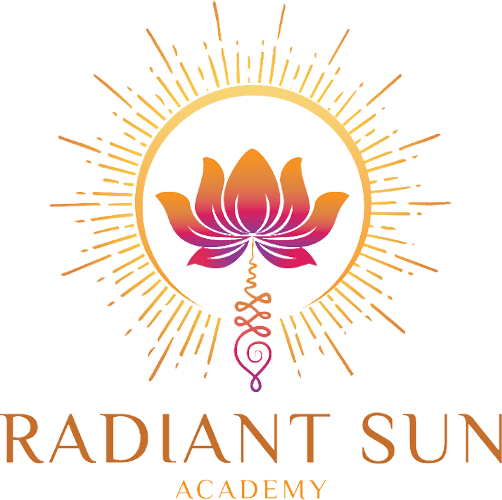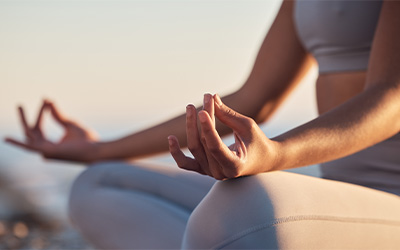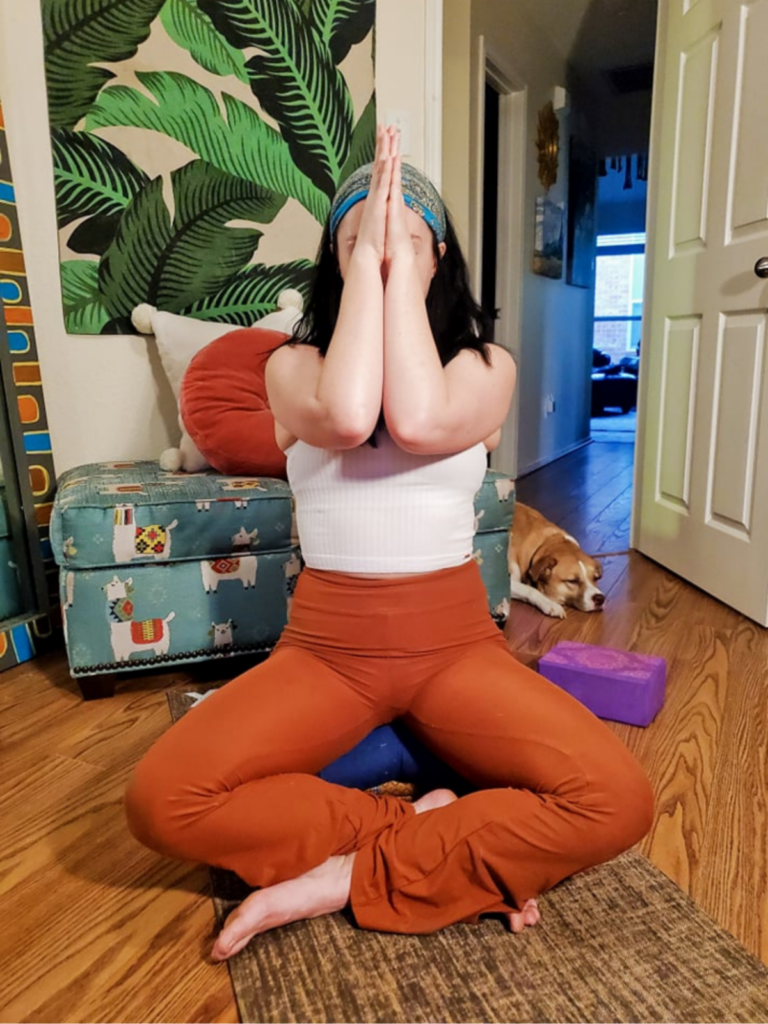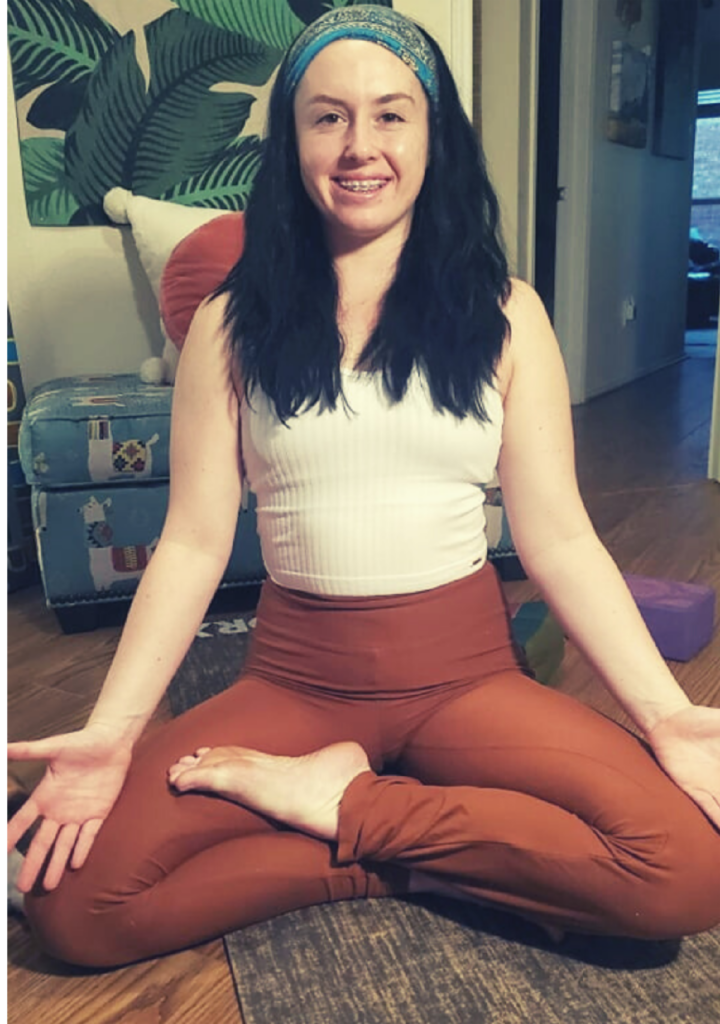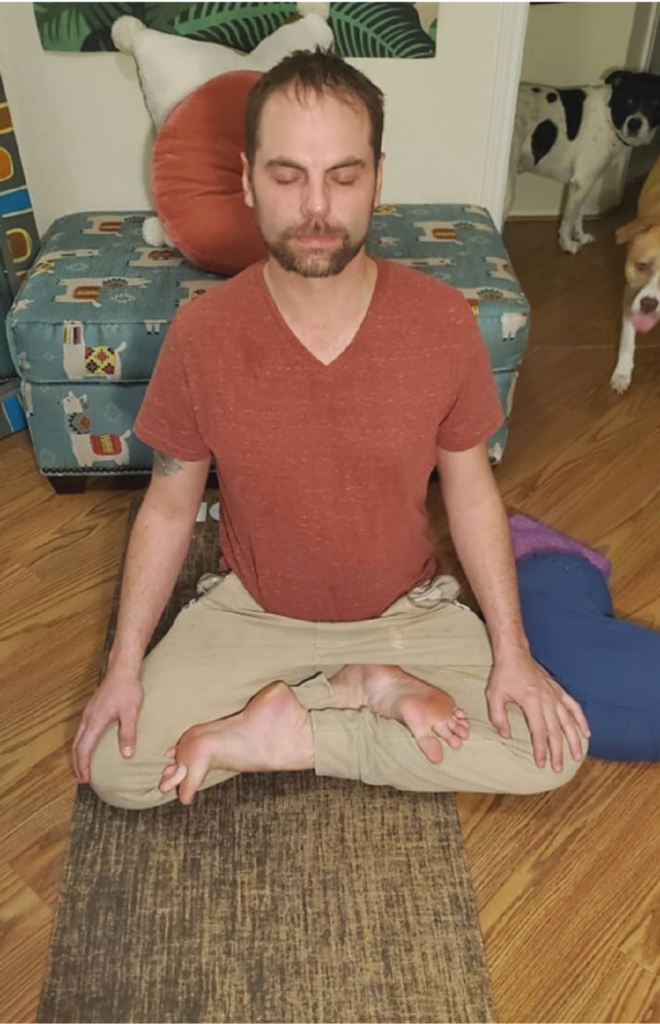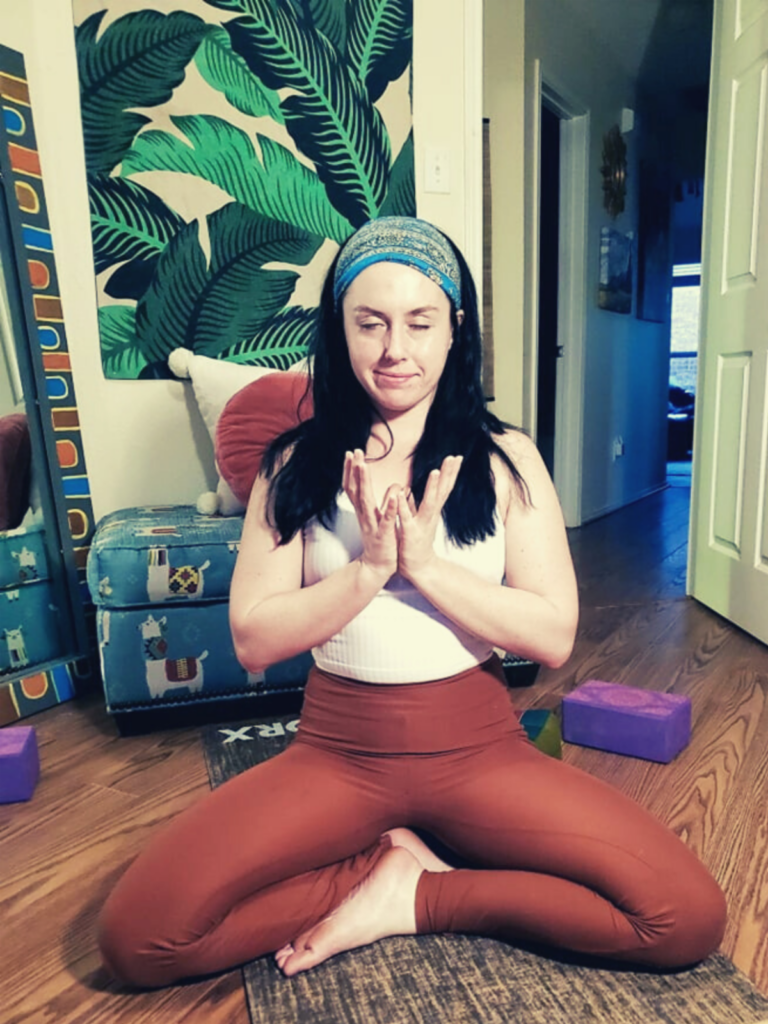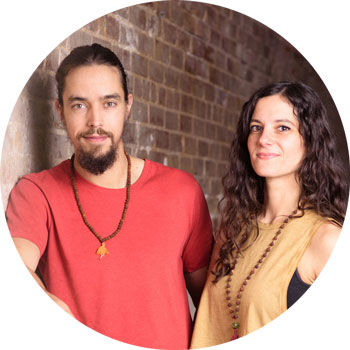Sitting still and meditating for long periods of time is so simple that there couldn’t possibly be any tricks for it, right?
Wrong!
Before all of the yoga postures and vinyasas came to be, there was only meditation. The Sanskrit word “asana” comes to mean “seat” or “posture”, depending on its context. In the integral text, “The Yoga Sutras”, asana refers to the posture for the practice of seated meditation. It also states that such a posture should have a balance of sthira (firmness, steadiness) and sukha (comfort, ease).
Similarly in the Bhagavadgita, the god Kṛṣṇa instructs Arjuna on sitting in meditation:
“In a clean, pure place, having established a firm seat (sthira-sukha) for oneself; neither too high nor too low, covered [with] a cloth, antelope skin, and kuśa grass.
There, having made the mind single-pointed, the activity of the mind and senses restrained; having seated in/on the āsana, he should practice yoga for the purification of the self.”
In order to master these principals of firmness and ease we use a 7 point meditation posture to build this balance from the ground up.
Point #1: Finding your seat
In order to achieve comfort and ease without pain in your meditation practice, there are many props available to make your seat. Many brands make all types of yoga pillows, bolsters and even special kneeling chairs to prop the hips up. My personal favorite would be a long cylindrical bolster to straddle between the knees. Investing in a prop like this is highly recommended, especially if you are going to keep up with a regular meditation practice. If you are just starting out, try stacking a few firm cushions you have in your home just to raise the hips enough for the knees to touch the floor.
Variations of Meditation Posture
Quarter lotus- feet are loosely crossed with both feet resting on the floor below the opposite knee.
Half lotus- Legs are crossed with one foot resting on the opposite thigh.
Full lotus- Legs are crossed with both feet resting on top of the opposite thighs.
This one requires a lot of mobility!
Burmese pose- knees out with feet crossed resting on the outer edges of the feet.
Sieza position- Kneeling with the hips lifted to avoid strain on the knees and ankles.
Point #2: Lengthen the spine
When we meditate, we want to feel a direct line of energy from our root to our crown. To keep this energy flowing it is very important to sit tall as we tuck our tail instead of letting the lower back flare out. A slight engagement of the lower belly is helpful to keep our seat nice and tall. This activation is another example of shtira(firmness) that keeps us riding the wave between suppleness and rigidity.
Point #3: Hand position
Where we place our hands can also bring intention to our practice. The most simple placement would be in your lap or on the knees. Palms up indicate the receiving of energy, while palms down ground our energy. Hand positioning is a way to direct our prana (life force energy) with purpose. Many yogis use mudras, sacred gestures, in their practice. There are over 350 mudras each with their own unique purpose! Maybe we will go in depth and explore mudras in another issue.
Point #4: Relax the shoulders
When first starting out in your meditation journey you will encounter tension in your mind and your body. When this tension builds, the shoulders have a tendency to creep up towards the ears and stay tight. It is helpful to bring the light of awareness to the shoulders and give yourself permission to relax back into the moment.
Point #5: Tuck the chin
A slight tuck of the chin will allow the spine to lengthen fully while keeping the neck relaxed.
Point #6: Relax the face
Coming back to recognizing tension, the face tends to be another hot spot for scrunching and stiffness in the face of mental discomfort. When you are aware of this happening, gentle reminders to unclench the jaw and relax the space between the eyebrows are useful.
Point #7: The internal gaze
The gaze can be another point of focus during meditation much like the breath, body sensation, or mantra. Taking the internal gaze to the third eye is beneficial for tapping into our intuition and becoming open to insights. Taking the internal gaze down into our heart-space can generate compassion and gratitude.
From the outside meditation can appear simple and effortless. Anyone who has tried this practice knows that internally, meditation is far from easy. Setting up your seat and body posture for meditating is essential for success. If you are a novice at this practice or even a zen master, these tips will definitely help you find more sukha and take your meditation to the next level.
